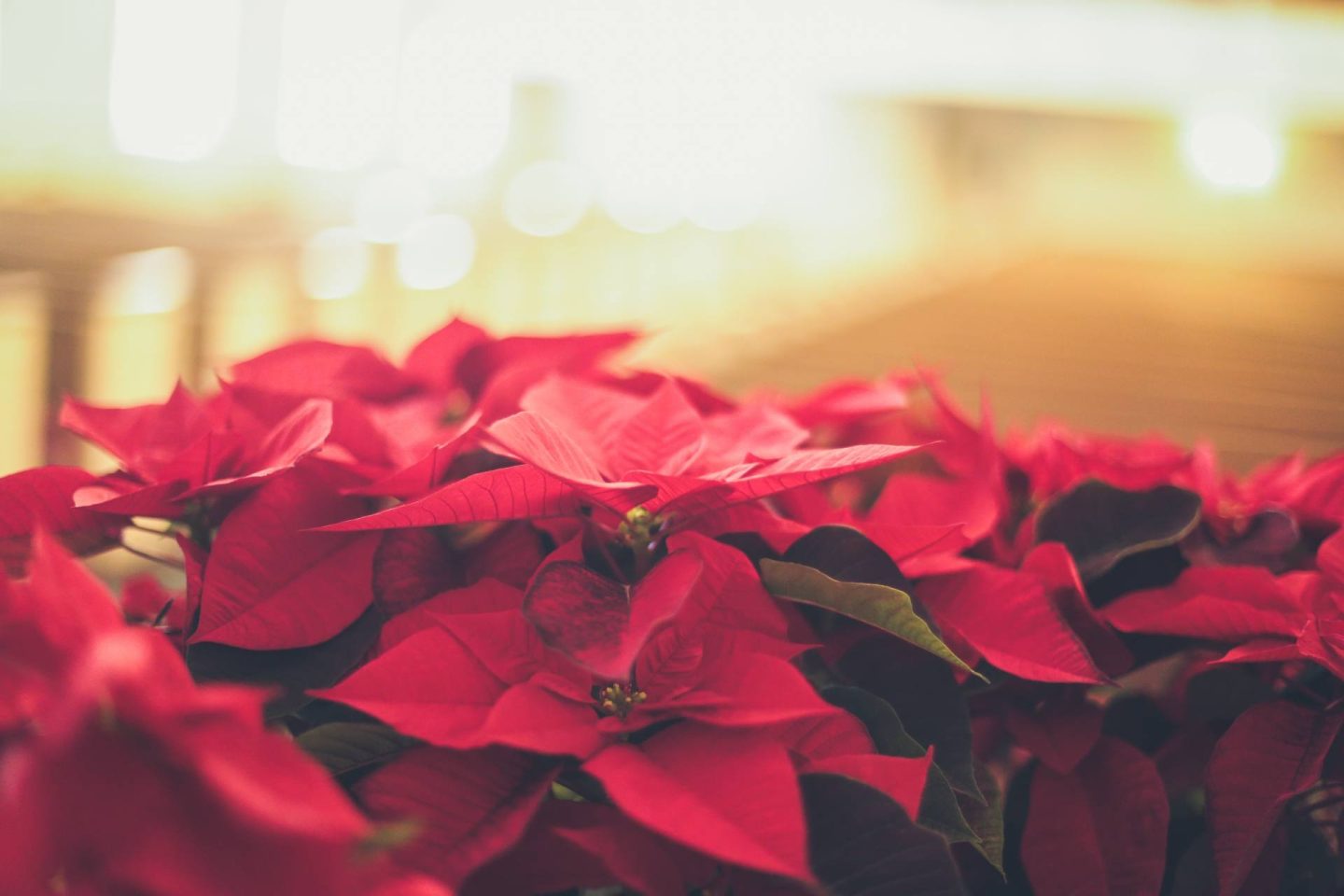*Collaborative Post.
As we approach the festive season, many green-thumbed individuals will be looking to add some vibrancy to their homes and gardens. One such addition is often the stunning poinsettia plant with its bright red and deep green aesthetic. The appearance of these plants has quickly become one associated with the Christmas period. The red parts of the poinsettia are retrofitted leaves known as bracts and serve the purpose of a flower that will attract insects to the plant for pollination purposes. Having these bracts instead of traditional flowers is one of the primary things that catches the eye, as it gives the plant a sort of two-tone appearance rather than having discernible flowers separate from the rest of the plant.

Taking care of poinsettia plants is not always easy, especially after the winter period when the bracts disappear. Still, with a bit of TLC, you could keep yours alive and even encourage it to flower again in the following year.
Keep It In A Good Spot
The poinsettia plant is native to Mexico, so this should be a key indicator of whereabouts you should be keeping yours if you live somewhere cool like the UK: indoors. Mexico’s warm and humid climate is perfect for the poinsettia plant, which is why they generally aren’t the easiest plants to keep alive here. Regardless, try to keep yours somewhere where it will get plenty of indirect sunlight and make sure that you mist is often with a squirt bottle, as this will replicate the humidity of its native country.
Keep Your Poinsettia Well Fed
You’ll also want to ensure your poinsettia is well-fed, as much as once a month, with something high in nutrients, such as tomato feed. These liquid feeds will provide your poinsettia with the minerals and nutrients it needs to continue growing and maintain a vibrant and luscious appearance. As well as several other steps, if you want your poinsettia to flower again and display its iconic red leaves or bracts, you must ensure that it’s fed properly. Tomato feed is often used due to its high potassium content, maintaining the plant’s ionic and water balance.
Deal With Pests And Disease
You may have to deal with a few different pests as a poinsettia owner, including fungus gnats, white flies, broad mites, and Lewis mites. The latter of these pests is arguably one of the worst and more irritating pests to deal with, primarily because they are quite hard to detect due to their size. When a substantial population of these mites build up, it could be too late for the plant. However, you can find sprays that may help to deal with the infestation, as with other types of pests, but your best bet is to keep your poinsettia away from other plants that may act as a host for certain critters like this.
Consider Propagating Your Plant
If you feel you’ve got a knack for keeping these beautiful plants thriving, you could also start propagating them. A poinsettia that’s been taken care of will produce new growth around the spring and summertime. Growing poinsettia from cuttings will be a bigger challenge than simply keeping a plant alive after bringing it home from the garden centre. Still, the sense of achievement will be very much worthwhile. When taking a cutting from your plant, don’t forget to sterilise your secateurs and containers, too, as these can harbour diseases and kill off your cuttings quite quickly.
